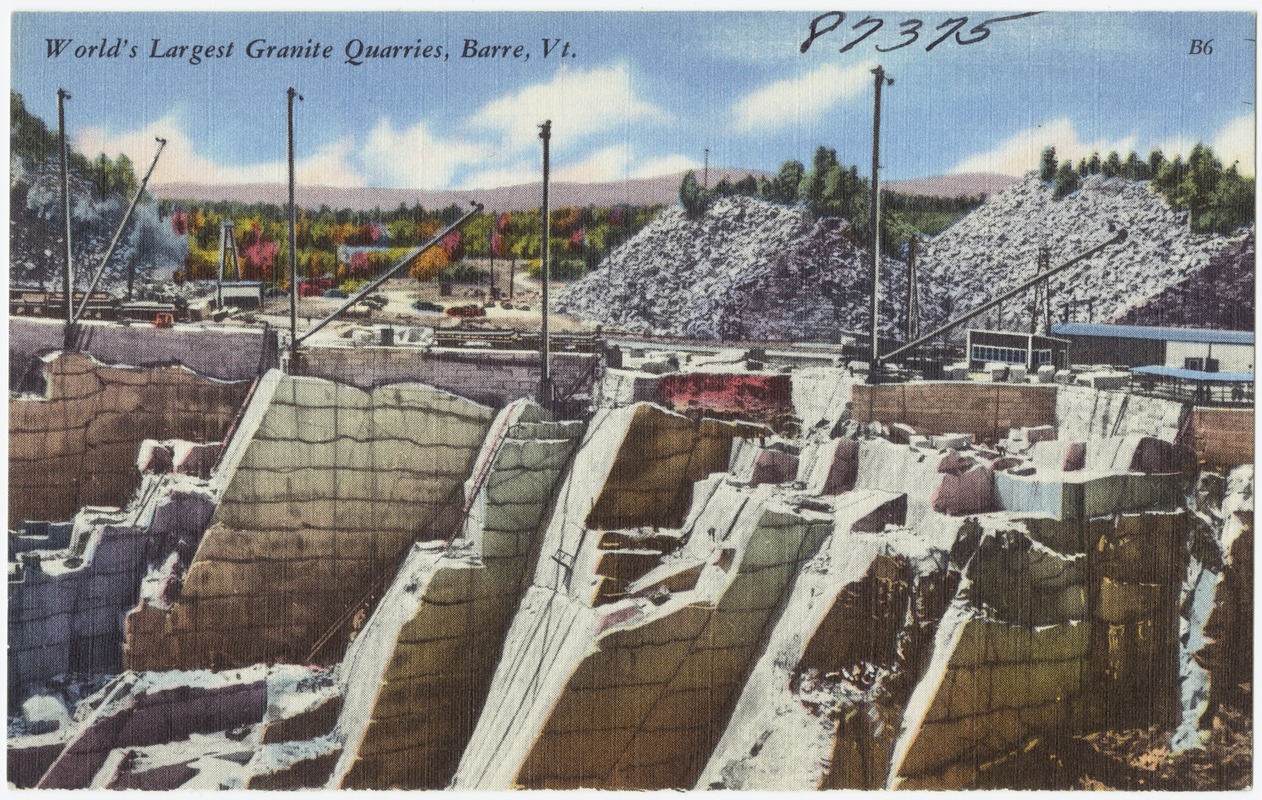Unearthing the Rich History and Sustainable Practices of Granite Quarrying
As we depend on the precipice of uncovering the intricate tapestry of granite quarrying, a journey via time discloses not just the physical act of drawing out stone however additionally the cultural and historic value woven into the extremely fabric of this technique. From the ancient beginnings that laid the foundation for modern quarrying techniques to the lasting techniques that are forming the future of this industry, each carve mark on granite surface areas narrates waiting to be uncovered (granite quarries in south africa). The legacy of granite quarrying stretches much past simple extraction; it is a testament to human resourcefulness, resilience, and the enduring appeal of this magnificent stone
Old Origins of Granite Quarrying
Going back to ancient civilizations, the practice of quarrying granite has been an essential component of human history and building improvement. The earliest evidence of granite quarrying dates back to ancient Egypt, where enormous pyramids and intricate sculptures were crafted from this resilient rock. The Egyptians utilized primitive devices to draw out granite blocks from quarries, showcasing the significance of this product in their monumental buildings.
Progressing in history, the Greeks likewise made substantial payments to the quarrying of granite. The Greeks made use of granite in various architectural marvels, such as holy places and statues, demonstrating their skill in shaping and carving this hardy rock. The Romans further refined the strategies of quarrying granite, using sophisticated devices like chisels and hammers to extract and shape granite for their legendary structures.
Via the centuries, the practice of quarrying granite has actually evolved, with contemporary technologies boosting efficiency while preserving the ageless allure of this natural rock - granite quarries in south africa. From old people to contemporary contractors, the tradition of granite quarrying remains to form our globe
Advancement of Quarrying Methods
The development of quarrying strategies has actually been marked by a continual development in the direction of better effectiveness and precision in extracting granite. From the primary methods used by our forefathers to the advanced innovations utilized in contemporary quarrying procedures, the sector has undergone significant improvements. Early quarrying strategies involved hand-operated labor with standard devices such as blades, hammers, and wedges to remove granite blocks from the planet. As worlds proceeded, strategies like fire-setting and primitive dynamites were introduced to assist in the extraction process.
In more recent times, the development of equipment changed the quarrying sector, making it possible for quicker removal prices and raised performance. Technologies such as ruby cable saws, high-pressure water jets, and pneumatically-driven drills have actually become common in contemporary quarries, enabling precise cutting and reduced waste. Improvements in computer-controlled equipment and 3D modeling have enhanced quarrying procedures, leading to very little ecological impact and improved sustainability methods. As the need for granite remains to increase, the evolution of quarrying methods continues to be indispensable to conference sector requires effectively and sustainably.
Cultural Value of Granite
Granite holds a profound social importance throughout numerous people due to its long-lasting visibility in architectural masterpieces and prized monoliths. The social relevance of granite expands beyond its physical characteristics; it personifies durability, stability, and eternity, making it an icon of enduring heritages and practices.

Lasting Practices in Quarrying
In the middle of the abundant history of granite quarrying and its social value lies a growing emphasis on lasting techniques within the market. As environmental understanding and worries about source deficiency have enhanced around the world, the quarrying field has significantly welcomed sustainable approaches to decrease its influence on the environment and bordering communities.

Furthermore, reclamation and rehabilitation of quarry sites post-extraction are essential to sustainable methods. By recovering quarried areas to a natural or helpful state, such as creating wild animals environments or leisure areas, quarriers can offset the environmental impact of their operations and add positively to the regional community.
Tradition of Granite Quarrying
With a historical backdrop steeped in craftsmanship and commercial progress, what enduring effect has granite quarrying left on the landscape of contemporary culture? The tradition of granite quarrying goes beyond plain extraction methods; it has formed architectural great site wonders, metropolitan landscapes, and cultural heritage worldwide. The sturdy nature of granite has actually made it a preferred option for monoliths, buildings, and infrastructure, standing as a testament to the ability and virtuosity of quarry workers throughout generations.
Furthermore, the financial footprint of granite quarrying can not be forgotten. The market remains to offer work opportunities and drive local economic situations in regions where granite removal is common. It has also stimulated technical improvements in quarrying methods and tools, bring about much more effective and sustainable techniques.
In terms of sustainability, the tradition of granite quarrying includes initiatives to minimize environmental influences with recovery tasks and accountable source management. By balancing economic passions with ecological stewardship, the market aims to guarantee that future generations can remain to gain from this long-lasting natural resource.
Conclusion
